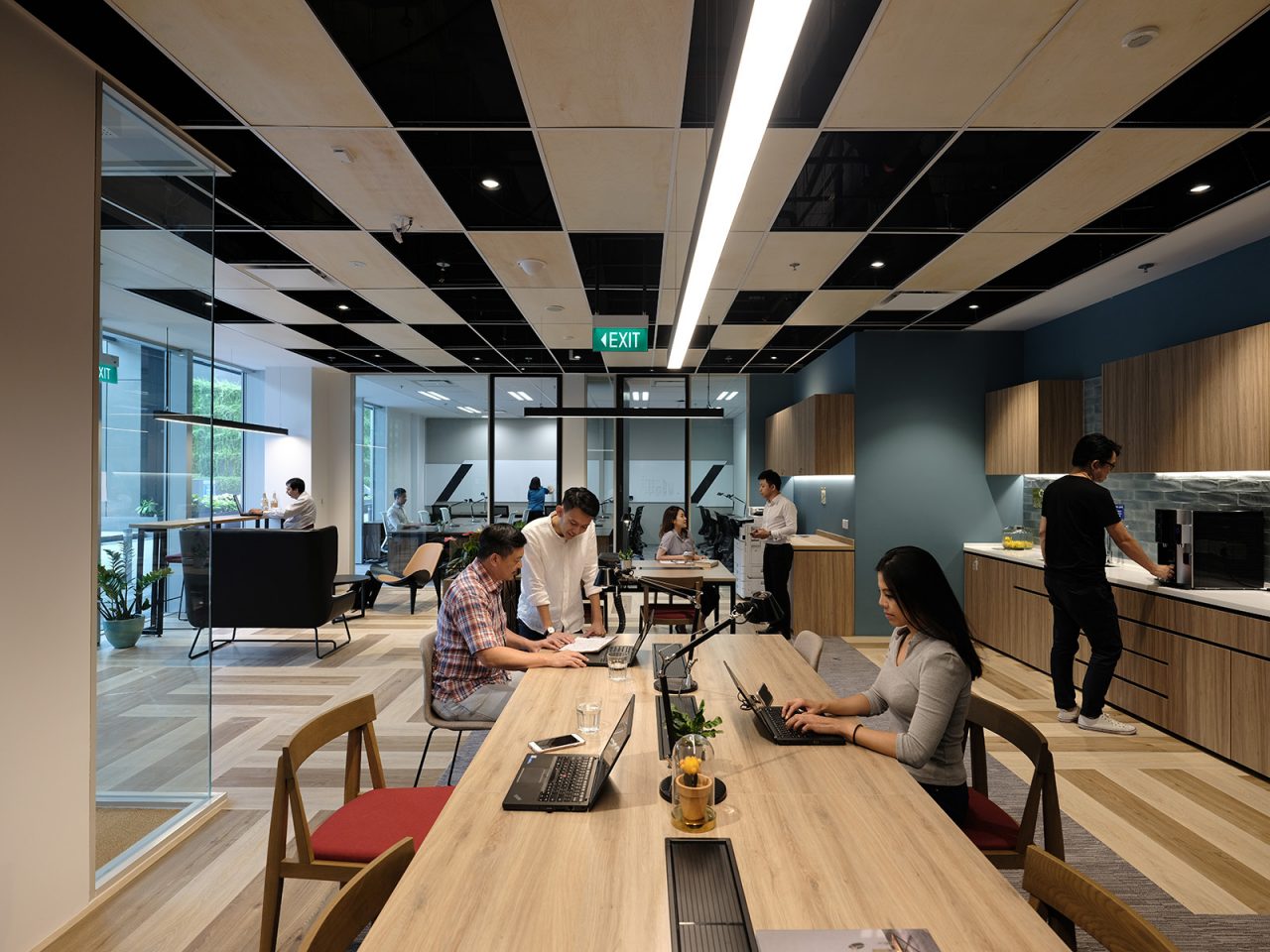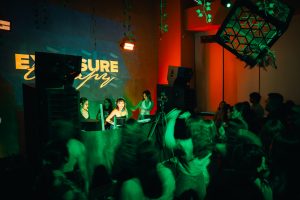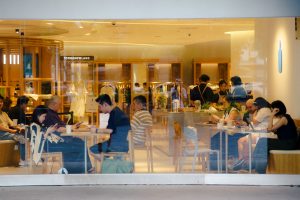Like the strip of land separating North and South Korea, the office is the DMZ of ‘work-life balance’. Step into the office, and you’re now at ‘work’. Step out of it, and you’re in ‘life’.
Remove this boundary, and all hell breaks loose.
In the modern workplace, it’s hard enough to achieve the mythical work-life balance (WLB). But without the option of heading into the office, WLB becomes impossible.
This is precisely why the office is essential to the physical and mental well being of the average Singaporean worker.
As a city that clocks the second highest number of work hours per week (after the Tokyo salaryman), Singaporeans are well aware of the hazards of too much ‘work’, from high blood pressure to heart problems. But what does too much ‘life’ look like?
Just ask any working parent with young children.
How A Working Mother Survived WFH
“As a working mom of two young boys, the biggest challenge during the circuit breaker for me, was having to juggle domestic demands, WFH, and my kids banging on the door during my conference calls with my supervisor,” said Alice Chiu, Employee Engagement Lead, APAC, Global Community Impact, who works for Johnson & Johnson at their Singapore offices in the Ascent building at Singapore Science Park.
Even with Phase 2 reopening, Alice is still WFH, but she misses being back at the office. Looking back on the pre-circuit breaker days, she realises now that the office was a welcome reprieve.
“You can never underestimate the power of social interaction,” Alice said. “What I missed during this work-from-home period is bumping into colleagues while moving from one part of the office to another. I also missed the ‘happy healthy lunches’ that I have with my co-workers, and the ability to focus 100% on my work without my children!”
When you get a taste of freedom as a parent, everything about the outside world looks beautiful.
Since the WFH experience is still fresh in her mind, I asked Alice about its pros and cons.
“While WFH provides more flexibility,” she said, “it means you need to be more diligent in time management between work and kids. In the first few weeks, I had to learn to be strict with myself to manage my time between kids and work.”
Even when you take kids out of the equation, Alice found that she simply lost track of time, meaning that she was more likely to work beyond her regular hours. With no colleagues around to nudge her, she often found herself taking lunch at 3 PM or ending work past 7 PM without having a proper meal.
By contrast, returning to the office has made her realise that she’d taken her physical workspace for granted. In fact, she has found herself to be more productive at the office for two reasons:
1. Better time management
“Being at the office allows me to stick to a schedule that’s healthy for my physical and mental wellbeing, such as having lunch breaks with colleagues and also leaving work on time. Having everyone physically located helps in group discussions and you can quickly get an answer to your question without having to set up a Zoom call.”
2. Going to the office builds team culture
“At J&J, we encourage hot-desking. Basically, you can choose where you want to work. On days when I want to be more creative, I’ll sit among my colleagues as we collaborate on projects and explore new ideas. On other days where I need full concentration, I sit in a secluded and quiet corner.”
During her downtime, Alice also enjoys having coffee catch-ups with colleagues to unwind, either at her office’s business lounges or at the cafes or ice cream joint on the ground floor of Ascent.
“One of my pastimes at the office is to visit our J&J Experience Center, or the employee store, where we get to purchase J&J’s iconic Consumer Health brands at staff price!” she said. “I’ll pop into the store to check out any new items that I can try or even just to window-shop.”
Her work aside, Alice’s reacclimation to office life means picking up on some of J&J’s charitable initiatives that had to be postponed due to the circuit breaker. Bridge+ at Ascent is a co-working space, where companies can attend community and business events organised regularly by CapitaLand.
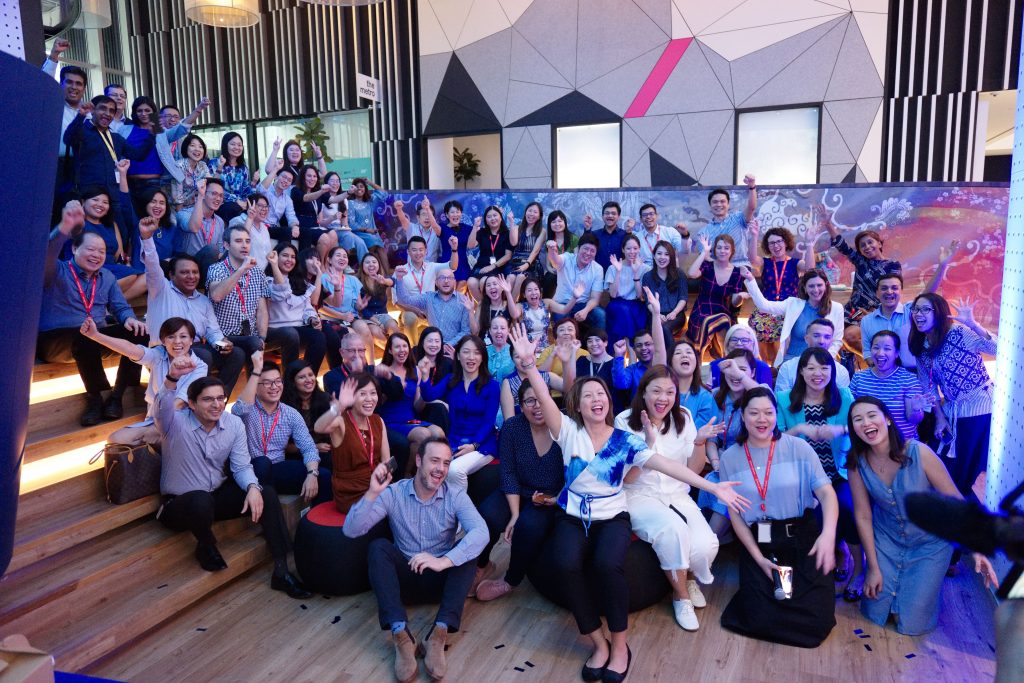
“One of the most memorable events for me was celebrating last year’s World Children’s Day in November, a collaboration between J&J, CapitaLand and Save the Children to raise awareness worldwide to improve children’s rights and welfare,” said Alice. “It was simply spectacular to see Bridge+ decked out in blue which is the official color of JOHNSON’S Baby, and people coming forward to paint murals and letters of hope, which were shipped to children in Bangladesh.”
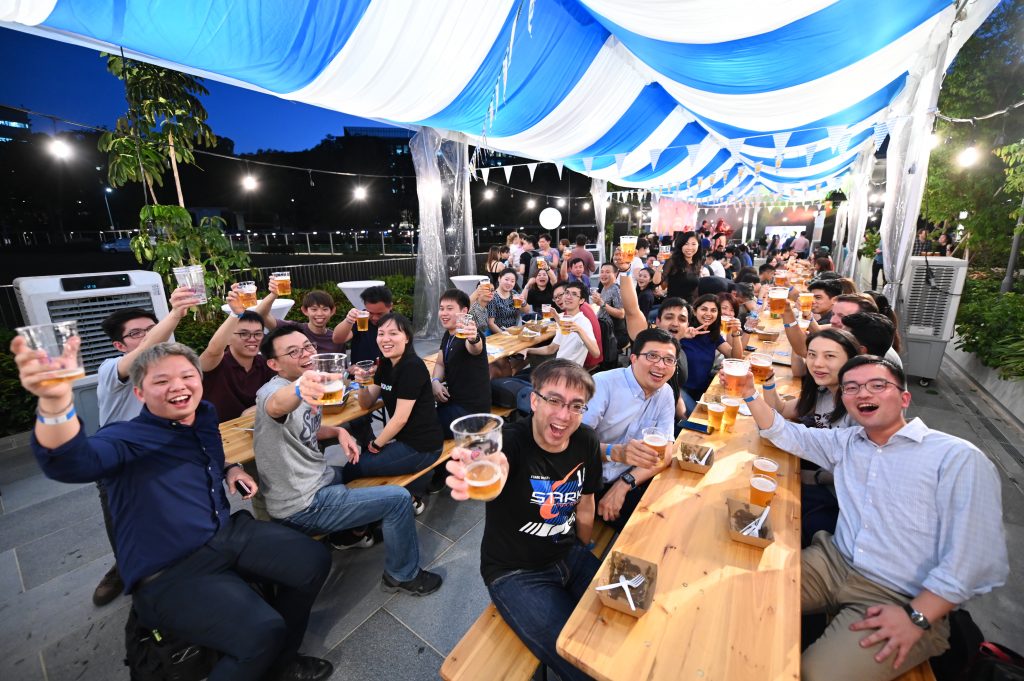
Missing the Personal Touch
To get a father’s perspective on the WFH vs. office debate, I approached Roger Lim, founding partner of NGC Ventures, whose office is located at Bridge+ to share his thoughts.
“It was harder to achieve work-life balance with WFH,” admitted Roger. “I prefer work to be done at the office, and my downtime to be outside of it. With WFH, it’s impossible to separate the two. It’s not great from the point of view of the home being a place to relax and de-stress.”
For Roger, team culture and sales relationships don’t get built via Zoom.
“We are in the people business,” said Roger. “This means a lot of face-to-face communication and teamwork. While there are tools like Zoom, to some extent the personal touch is missed.”
This relationship-building runs the gamut from bonding with colleagues to meeting business partners and potential customers. Just ask any salesperson whether they’d prefer to pitch new prospects via Zoom or over lattes at a business lounge or inside a cafe.
Finally, a fully-furnished co-working office removes distractions by providing all the amenities Roger needs to do his job. Unlike WFH, there’s no need to worry about being surprised by sky-high AC bills.
“The infrastructure, colour printers, wifi, pantry management, easy access to coffee, food etc… Effectively the whole infrastructure allows me to focus,” said Roger. “It provides us the professional office amenities we need, so that we can focus on our business, and the property manager can take care of the rest.”
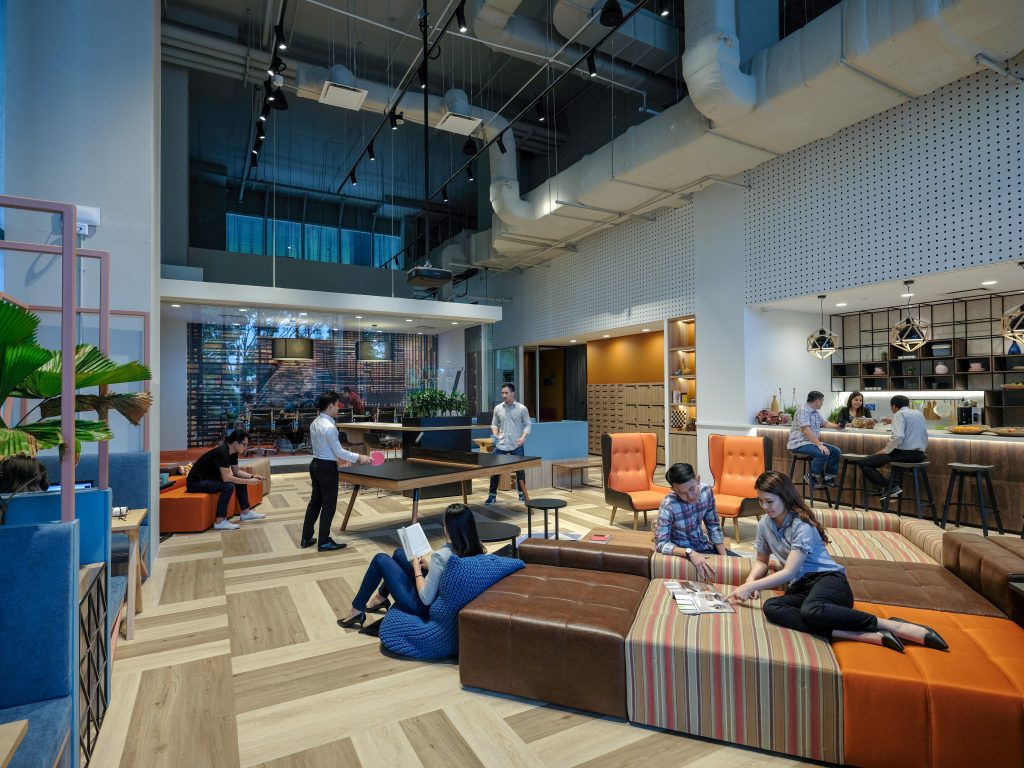
The Office Is Here to Stay
Much has been written about how Zoom will ‘take over’ the physical office space. This is very much hyperbole. The basic needs of human beings haven’t really changed all that much over the centuries, despite our modern advancements.
Even digital tools like online dating eventually requires two people to actually meet up in-person to build up a rapport. Everything that happened before feels almost impersonal, like a numbers game where you mindlessly scroll and swipe, while occasionally texting into the void.
The same logic applies to work.
While technology can improve our lives by making things more flexible and convenient, human beings are naturally wired for physical contact.
Which is why the office will always remain a fixture in our working life.
Is WLB possible in Singapore? Write to us at community@ricemedia.co.

